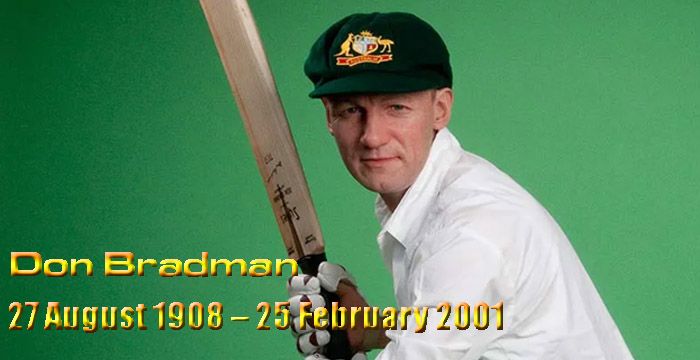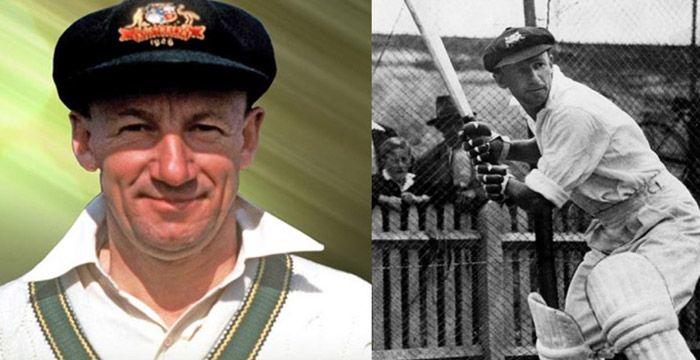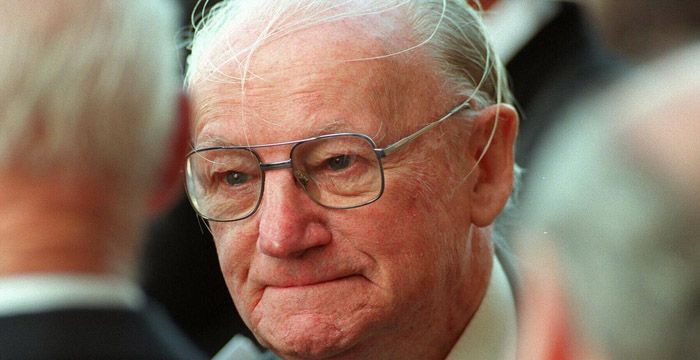Cricket is no stranger to unbelievable records. But one story that continues to circulate is that Sir Don Bradman once scored 100 runs in just 3 overs. It sounds almost mythical — and that’s because it partially is.
This article explores the truth behind the claim, separates fact from fiction, and compares Bradman’s unofficial feat with official world records for the fastest centuries across cricket formats.

The Origin of the “100 in 3 Overs” Story
The story dates back to 2 November 1931, when Don Bradman played a charity exhibition match in Blackheath, New South Wales. The match was organised to raise funds for the local hospital, and Bradman was the star attraction.
He reportedly scored 100 runs in just three 8-ball overs, which totaled 24 deliveries. This event was never played under official status and didn’t involve professional-grade competitive bowling, but it did happen, and it left an indelible mark on cricket folklore.
Why It Wasn’t an Official Record
To understand the significance and the limits of the feat, here’s what made it unofficial:
- The match was a fundraising exhibition game, not a domestic or international match.
- Overs in Australian domestic cricket at that time consisted of 8 balls, not the standard 6 balls used today.
- The match did not follow international or domestic cricket regulations and was not recorded as a first-class or official fixture.
This means Bradman’s 100 in 3 overs is not counted as an official cricket record, although it is historically accurate.
What Happened During the Innings?
Various reconstructions, including from newspaper reports and local witnesses, suggest this pattern:
- First Over: 33 runs
- Second Over: 40 runs
- Third Over: 27 runs
- Total: 100 runs in just 24 balls.
Bradman was facing local bowlers, and the field was set for entertainment, not competition. His timing, placement, and power were unmatched, and the crowd reportedly watched in awe.
Was It a T20 or an Official Match?
Many online posts mistakenly refer to this as a T20 record or claim Bradman scored a 22-ball century. These are inaccurate for several reasons:
- T20 cricket was introduced in 2003, decades after Bradman retired in 1948.
- There is no evidence that Bradman played any match that fits today’s definition of a T20 or limited-overs format.
- The "22-ball 100" is an estimation, not a documented statistic. There is no complete ball-by-ball record of that 1931 game.
Thus, the 3-over century is real, but not in the context of modern cricket formats.
Comparison With Official Fastest Centuries
To put Bradman’s 3-over century into context, here’s how it stacks up against official records:
| Format | Player | Balls | Opponent / Match Type | Year |
| Exhibition | Don Bradman (Unofficial) | ~24 | Blackheath Charity Match | 1931 |
| T20 (Any) | Chris Gayle | 30 | IPL (RCB vs Pune) | 2013 |
| T20 International | David Miller / Rohit Sharma / S. Wickramasekara | 35 | Bangladesh / SL / Turkey | Various |
| ODI | AB de Villiers | 31 | South Africa vs West Indies | 2015 |
| Test | Brendon McCullum | 54 | New Zealand vs Australia | 2016 |
| First-Class | David Hookes | 34 | Victoria vs NSW (Sheffield) | 1982 |
These are official ICC and domestic board records, and none were achieved in less than 3 overs or 18 deliveries.
Bradman’s Official Career Statistics

While the 3-over century is iconic, Bradman’s official records are even more impressive:
| Format | Matches | Runs | Average | Centuries | Highest Score |
| Test | 52 | 6,996 | 99.94 | 29 | 334 |
| First-Class | 234 | 28,067 | 95.14 | 117 | 452* |
His Test batting average of 99.94 remains the highest in cricket history.
Did Bradman Ever Play T20 or ODI Cricket?
No. Don Bradman never played T20s or ODIs.
- The first ODI was played in 1971 — Bradman had retired in 1948.
- The T20 format was introduced in 2003, long after he died in 2001.
Any claim suggesting he holds a T20 record is a misunderstanding of the 1931 event.
Did He Score a 22-Ball Century?
The phrase "22-ball century" is speculative. Since overs at the time had 8 balls, and Bradman scored 100 in 3 overs (24 balls), some fans round it down to 22 balls — but no ball-by-ball data exists. Hence, no official 22-ball century exists under his name.
Bradman’s Highest Scores
| Type | Score | Opponent | Year |
| Test | 334 | England (Leeds) | 1930 |
| First-Class | 452* | Queensland | 1930 |
These were officially recorded and contributed to his cricketing legacy.
When Did Don Bradman Die?
Sir Donald George Bradman passed away on 25 February 2001, at the age of 92. He remains one of the most revered figures in cricket history.

Summary of Official Fastest Centuries:
| Format | Player | Balls | Opponent / Match | Year |
|---|---|---|---|---|
| T20 (Any) | Chris Gayle | 30 | IPL (RCB vs Pune Warriors) | 2013 |
| T20I | David Miller, Rohit Sharma, Sudesh Wickramasekara | 35 | Bangladesh, Sri Lanka, Turkey | Various |
| ODI | AB de Villiers | 31 | West Indies | 2015 |
| Test | Brendon McCullum | 54 | Australia | 2016 |
| First-Class | David Hookes | 34 | Victoria vs NSW (Sheffield Shield) | 1982 |
Why No One Has Repeated the 3-Over Century?
There are several reasons this has never been replicated:
- Quality of Bowling: Professional bowlers today maintain tighter lines and lengths.
- Field Settings: Defensive fields prevent easy boundaries in competitive formats.
- Pressure of Real Matches: Bradman's century came in an informal setting.
- Pace Requirements: Scoring 33+ runs per over for 3 straight overs is statistically and physically near-impossible under real match conditions.
Even the fastest T20 centuries so far have taken 30+ balls — far more than Bradman’s estimated 24.
Is Bradman's 3-Over Century a Record?
- Yes, it is one of the fastest scoring feats ever recorded in cricket history.
- No, it is not officially recognised by the ICC or cricket boards due to its exhibition nature.
- It remains a part of cricket folklore and showcases Bradman’s rare ability to dominate any bowling attack, even outside formal competitions.
So, who scored a century in just 3 overs?
Don Bradman did, unofficially, in 193, and no one has matched it since.
Post Comment
Be the first to post comment!





